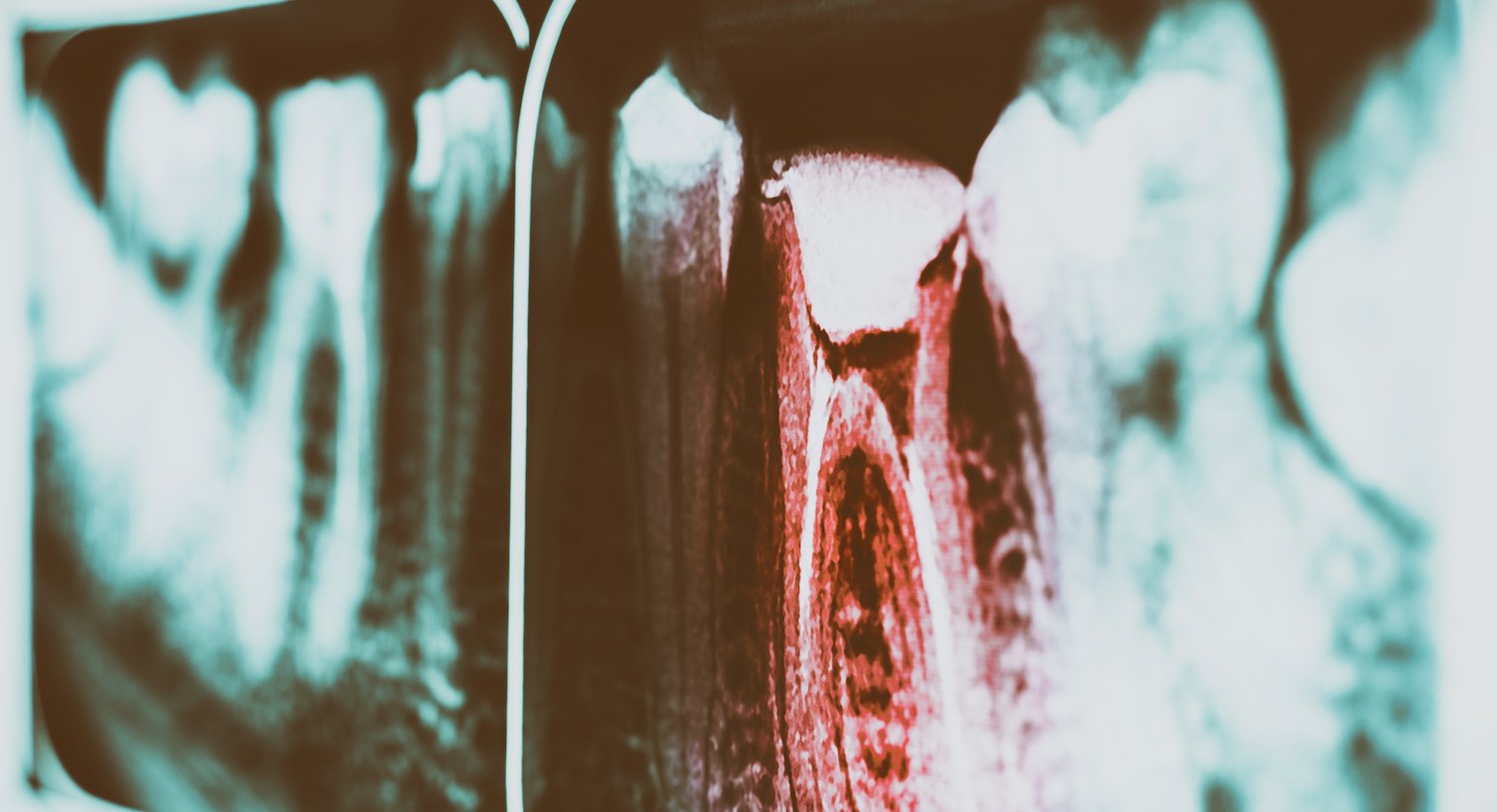Tooth decay or dental caries is tooth damage caused by decay-causing bacteria in your mouth. It produces acids that erode the tooth’s surface or enamel. This can result in a cavity, a small hole in a tooth. Dental decay can cause discomfort, infection, and even tooth loss if untreated.
From infants to the elderly, anyone can get dental decay once they have teeth. Early childhood caries, often known as baby bottle tooth decay, is a severe dental decay in baby teeth that affects young children.
Why does tooth decay occur?
The oral cavity contains a lot of bacteria, most of which are harmless. However, some, such as those contributing to tooth decay, can be hazardous when bacteria that cause decay produce acid when they come in contact with sugars and starches in meals and beverages. This acid can erode the tooth’s enamel, causing it to lose minerals.
If you eat or drink sugary food frequently, the enamel will continue to lose minerals due to the repeated cycles of these “acid attacks.” Enamel is weakened and then destroyed over time, resulting in a hollow tooth. Once the cavity is formed, bacteria reside in it and cause further tooth damage. This is irreversible damage that dentists can only fix. At an early stage, the dentist can treat it using dental fillings.
Besides the cavity, plaque is also formed when bacteria interact with food. Plaque bacteria also produce acids from the sugar and starch and acids start to chip away at your enamel’s minerals. Plaque can harden into tartar over time. Plaque and tartar can develop gum disease, in addition to harming your teeth.
Risk Factors:
- Dry mouth or less saliva production
- Poor oral hygiene
- Not enough fluoride in the diet.
- Bottle-drinking babies and toddlers are fed juice or have bottles at bedtime. Sugars are exposed to their teeth for long periods due to this.
- An old age people who have gum issues.
How do you know you have tooth decay?
Tooth decay has different stages. Usually, there are no symptoms at an early stage. Tooth decay can induce a toothache (tooth pain) or tooth sensitivity to sweets, heat, or cold as it progresses. An abscess can form if the tooth becomes infected, causing pain, face swelling, and fever.
To understand symptoms, you need to see how caries progress in your tooth.
Enamel decay
A white patch may form when decay is only in the first tooth layer (enamel) at an initial level. This is an indication of tooth decay in its early stages. You might be able to halt or reverse the damage at this stage by avoiding sugary/starchy foods and drinks and maintaining oral hygiene.
Further enamel damage occurs if not taken care of, and the white spot turns brown. The tooth appears a little brownish. Some people may feel little sensitivity at this stage.
Dentin decay
After enamel, bacteria attack the dentin. The dentin is the tissue beneath the enamel. It’s softer than enamel, making it more vulnerable to acid damage. As a result, tooth decay progresses more quickly once it reaches the dentin. Dentin has tubes that connect to the tooth’s nerves. As a result, when the dentin is impacted by tooth decay, you may notice sensitivity. This is most noticeable when eating or drinking hot or cold meals or beverages.
Pulp decay
The pulp is the tooth’s deepest layer. It houses the nerves and blood vessels that aid in maintaining the tooth’s health. The pulp contains nerves that provide sensation to the tooth.
When dentin decay is not treated, the decay reaches the pulp and causes damage. This damaged pulp tissue cause swelling, but the surrounding tissues in the tooth cannot grow to accommodate the swelling; pressure on the nerves may result. This causes pain.
Bacteria can infiltrate the pulp as tooth decay progresses, causing an infection. An abscess is pus that forms at the bottom of the tooth due to increased inflammation.
Treatment for decay
If you are suffering from any symptoms, visit the Port dental clinic in Calgary; we have experts that can treat every decay.
Our dentist will examine the tooth and take an x-ray to see how much destruction has occurred in the teeth in your first visit.
Fluoride treatment
The early stage of tooth decay can be corrected by fluoridating the teeth. Fluoride treatments are available at your dentist’s office. It’s administered to your teeth as a gel or varnish. Fluoride helps strengthen enamel, making it more resistant to plaque bacteria’s acids. Fluoride is also included in a variety of toothpaste. Your dentist may recommend you toothpaste that contains fluoride to keep caries away.
Dental Filling
Cavities are common when decay has progressed to dentin. At this stage, cavities are filled with fillings. Your dentist will remove decay first, then if the needed medicament is placed, followed by a filling. The dentist will use a material like resin, ceramic, or dental amalgam to seal the hole. In most cases, this material will match the colour of your teeth.
Dentin decay can be remedied with a filling if caught early enough. Deep caries needs to treat with a crown.
A crown is a cap that covers the upper area of your tooth above the gum line, preventing it from decaying (also called the crown of the tooth). When you need dental filling, our dentists work to remove the rotten portion and attach the dental crown in Calgary clinic to help your teeth function better.
Dental fillings are a vital and most conservative approach to treat teeth sensitivity occurred due to decay. Our specialists examine decayed teeth and restore them with suitable material. Dental fillings are painless and less time-consuming procedures. It needs minimal invasion and prevents tooth loss.
Root Canal Treatment
Often, root canals are needed when a tooth’s pulp has become infected. A root canal removes the infected pulp. You may suffer from severe pain at this stage because the pulp contains nerve tissues.
Root canal is a term used to describe the natural cavity that is located in the core of your tooth is a root canal. The root canal contains the tooth’s nerves. When your tooth’s nerve tissue or pulp is destroyed, germs multiply in the pulp chamber, resulting in a painful infection.
Bacteria and decayed debris may cause a tooth infection. Swelling in the neck, face, or head may also occur due to the infection. If you experience pain, tooth discoloration, swelling, or a feeling of tenderness in your lymph nodes, you may need a root canal procedure.
A root canal can repair or save a highly damaged infected tooth. It is necessary to remove damaged pulp from a tooth to performing this surgery. It is then disinfected before the area is re-filled and sealed.
After the root canal treatment has been completed, a crown may be placed on the tooth to protect it and restore it to full functionality. One to three dental visits may be required for root canal therapy, depending on the severity of the problem.
Extraction
The last stage of tooth decay is Extraction. When a tooth has lost all chance to get repaired and saving a tooth has a poor prognosis, tooth extraction is necessary.
Tooth decay can occur at any stage. Thus, if you have or your family member has any cavity, visit the Port dental clinic. We provide great senior dental care for older people who are more prone to decay. Also, we have experts in restorative dentistry to deal with all treatments related to decay.
Bottomline: Follow oral hygiene to avoid decay
Make sure you brush your teeth once in the morning and once at night using fluoride toothpaste. It is best to brush your teeth within 30 minutes after eating a high-carbohydrate meal. Brushing should be done to ensure that all the teeth are well cleaned.
To prevent fluoride from being washed away, it is best not to rinse your mouth with water after brushing your teeth. Instead, the paste should be spat out rather than smeared. Every two to three months, a new toothbrush should be purchased since it loses its ability to remove plaque.





